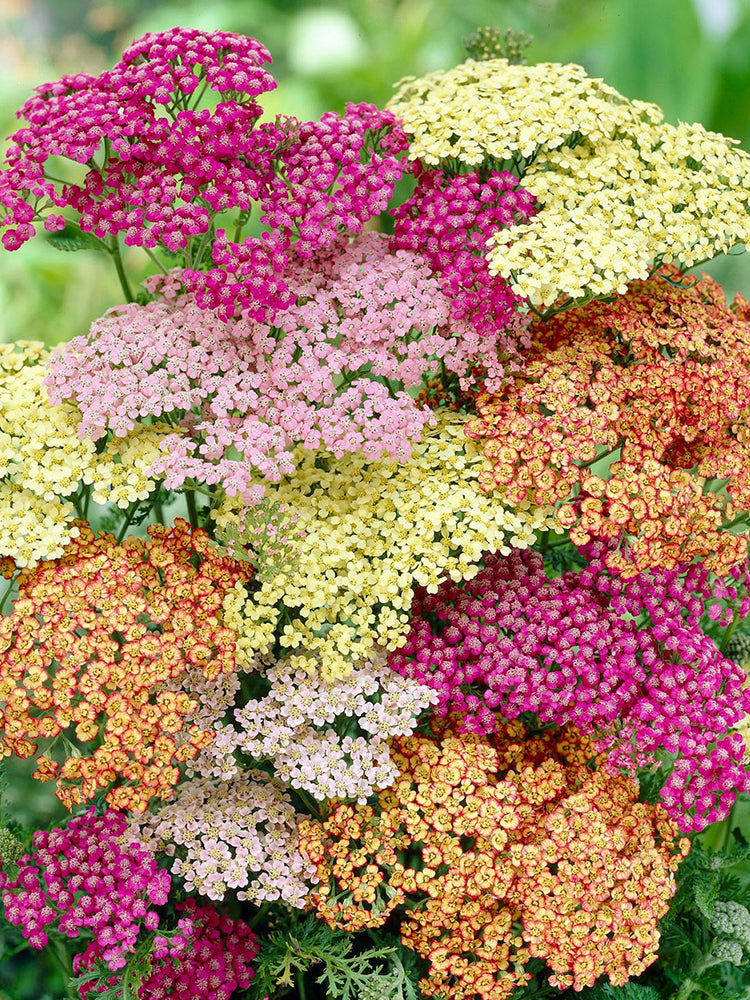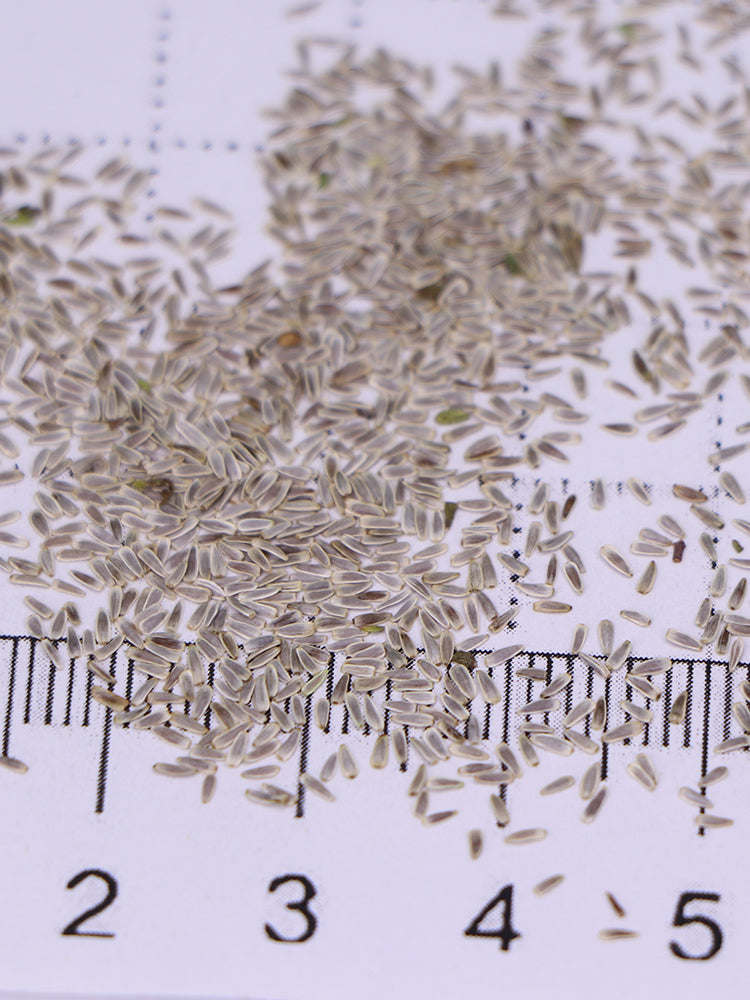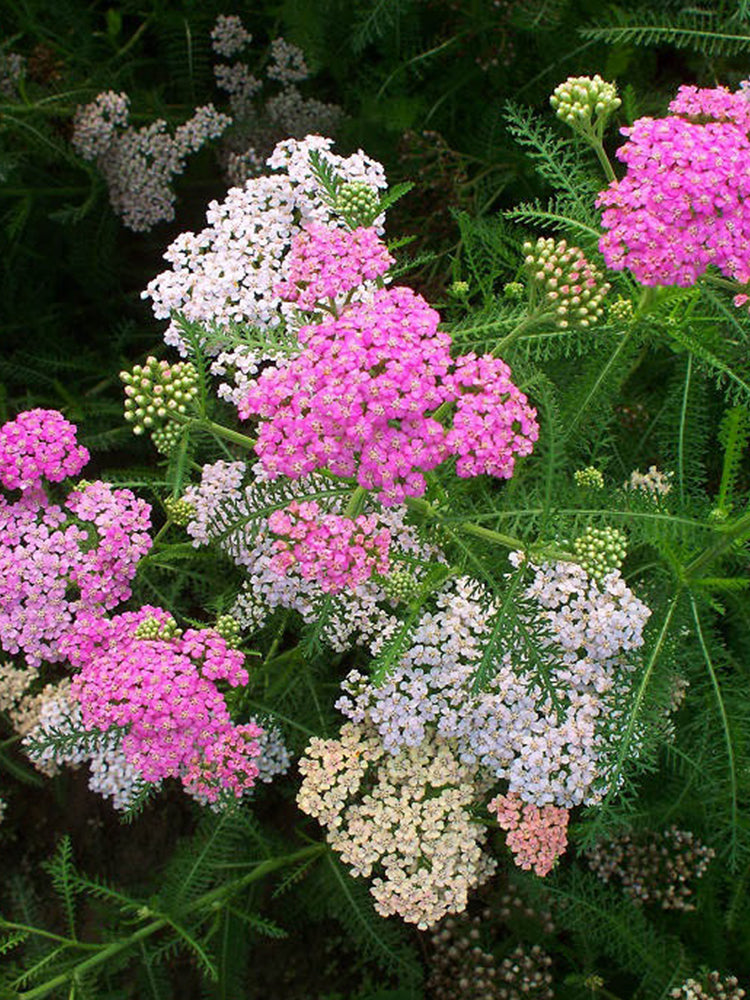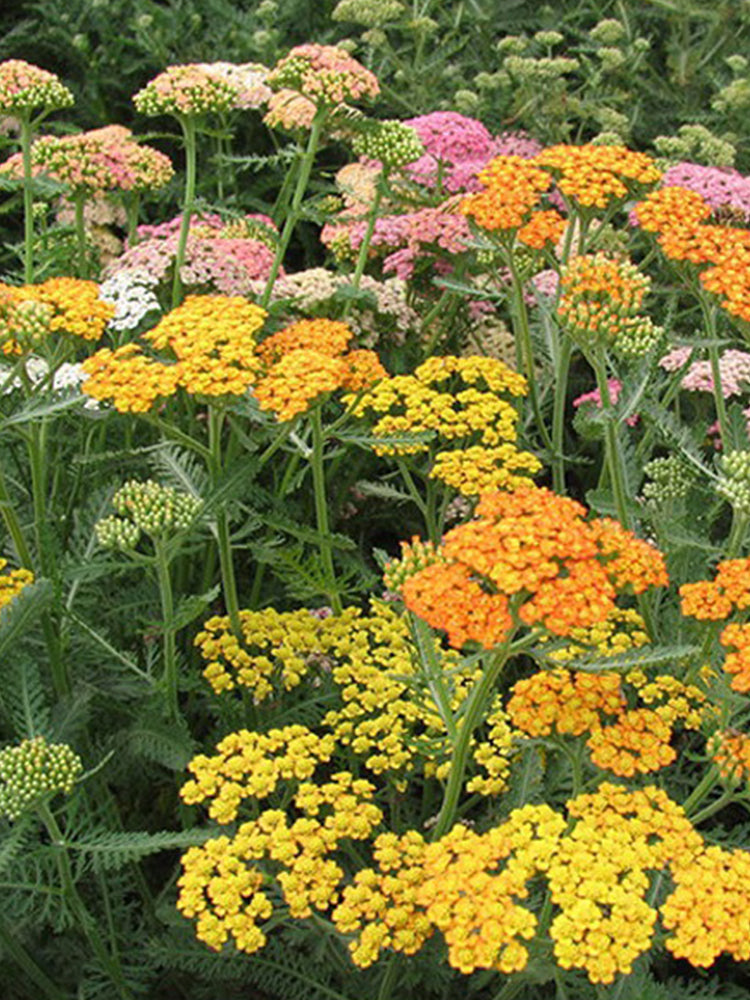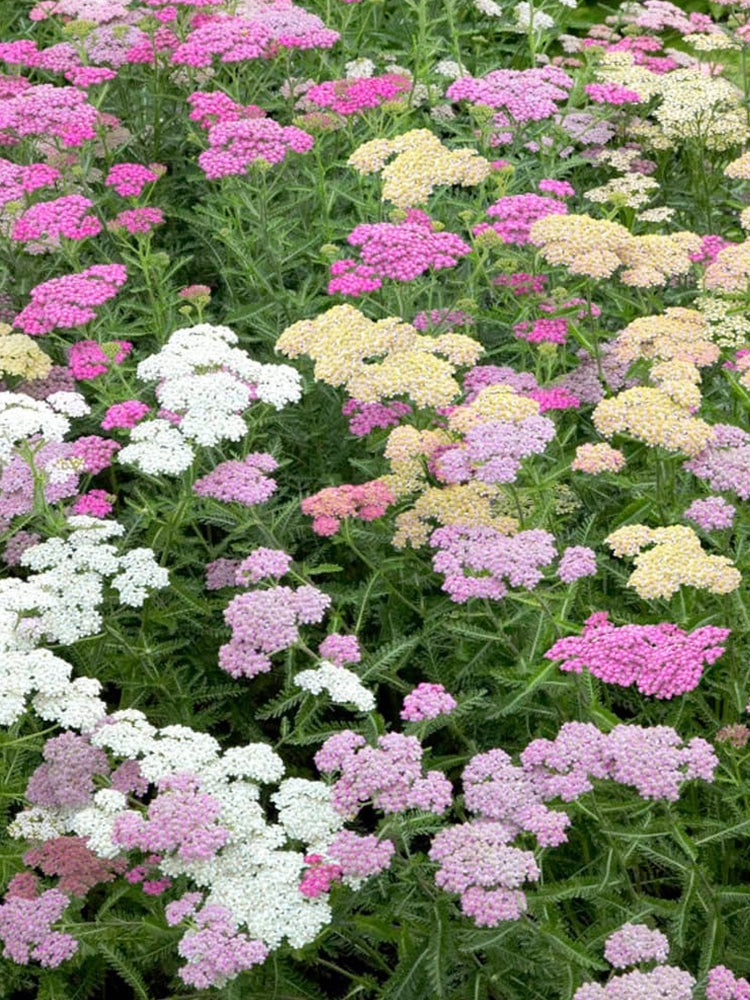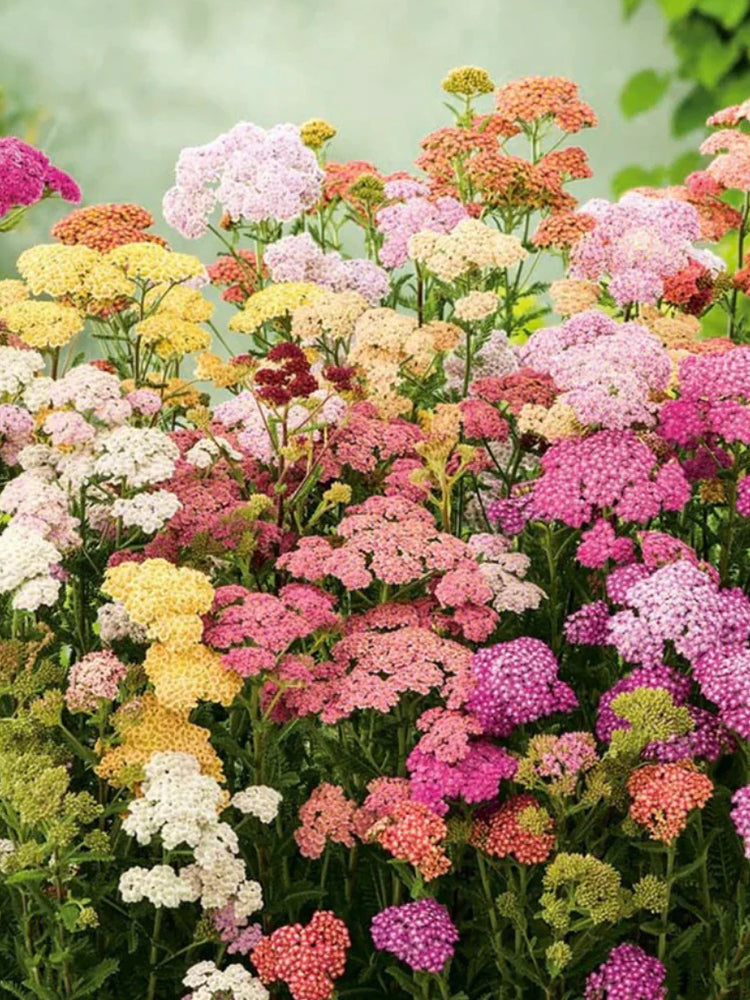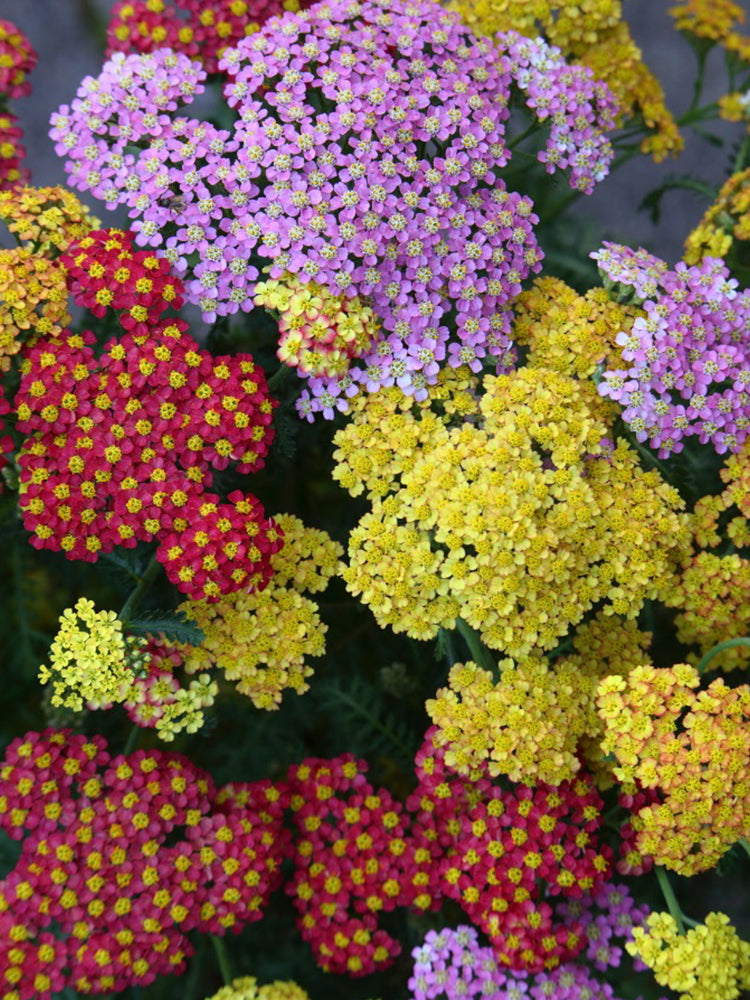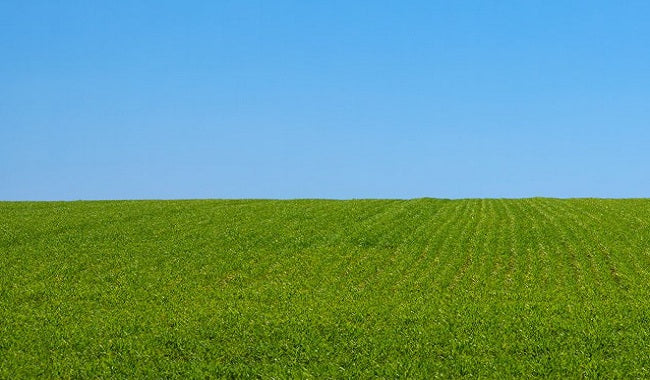BELLFARM
Yarrow, Mixed
Sale
Sold out
Regular price
$2.99 USD
Regular price
$4.99 USD
Sale price
$2.99 USD
Unit price
per
Couldn't load pickup availability
-
5-14 Days delivery.
-
Ship out within 24 hours.
Variety Key Traits:
Achillea millefolium, commonly known as Yarrow or Common Yarrow, is a perennial herb from the Asteraceae family. This plant features creeping rhizomes and erect stems that can grow to a height of approximately 70 cm. The stems are slender with fine stripes, and the leaves are sessile and finely dissected, giving them a feathery appearance. The plant produces numerous cluster-like flower heads, each with a round or oval-shaped involucre, covered with soft hairs. The individual flowers are small, with mixed colors, making it an attractive addition to any garden.
Key Features:
- Plant Type: Perennial herb
- Height: Around 70 cm
- Flowering: Clusters of mixed-color flowers, attractive to pollinators like bees and butterflies
- Leaves: Feathery, finely dissected leaves, enhancing the plant's visual appeal
- Root System: Creeping rhizomes, making it ideal for ground cover
Planting Instructions:
- Sowing Time: Spring or autumn
- Sowing Method: Broadcast sowing in rows, with a spacing of 30-45 cm between each row
- Soil Requirements: Choose well-draining, nutrient-rich soil
- Soil Preparation: Loosen soil, level it, and create shallow furrows for even seed distribution. Cover with 0.5 cm of soil, and keep the soil moist.
- Germination: Seeds typically germinate within a week, and thinning may be required once the seedlings appear.
Growth and Maintenance:
Yarrow is known for its resilience and rapid growth. Once established, it thrives in various settings, including shaded areas under trees, and can be combined with other plants to create rich, colorful flower bed designs. It tolerates dry conditions, poor soil, and even saline environments, making it ideal for rock gardens, xeriscaping, or as a ground cover in areas prone to drought. The dense foliage and small, clustered flowers form an attractive, low-maintenance landscape feature.
Landscaping Applications:
- Ground Cover: Perfect for covering large areas, Yarrow adds depth and layers to garden landscapes, providing a natural, textured look.
- Shaded Areas: Yarrow grows well under trees or in other shaded parts of the garden, adding versatility to landscape designs.
- Rock Gardens & Dry Areas: With its drought resistance and tolerance for poor soils, Yarrow is an excellent choice for rock gardens or other challenging environments.
- Building and Pathway Borders: Planting Yarrow along building foundations or between pathways softens harsh architectural lines and enhances visual appeal.
Ecological Benefits:
Yarrow's attractive flowers and foliage are beneficial for local wildlife, including pollinators. It also adds a touch of wild beauty to formal garden designs, offering a balanced, natural look that complements both structured and wild spaces.
Whether you're creating a vibrant flowerbed or enhancing a low-maintenance landscape, Achillea millefolium is a versatile, hardy, and beautiful addition to your garden. Its ability to thrive in different environments and provide visual interest makes it an excellent choice for gardeners looking to add both color and texture.
Achillea millefolium, commonly known as Yarrow or Common Yarrow, is a perennial herb from the Asteraceae family. This plant features creeping rhizomes and erect stems that can grow to a height of approximately 70 cm. The stems are slender with fine stripes, and the leaves are sessile and finely dissected, giving them a feathery appearance. The plant produces numerous cluster-like flower heads, each with a round or oval-shaped involucre, covered with soft hairs. The individual flowers are small, with mixed colors, making it an attractive addition to any garden.
Key Features:
- Plant Type: Perennial herb
- Height: Around 70 cm
- Flowering: Clusters of mixed-color flowers, attractive to pollinators like bees and butterflies
- Leaves: Feathery, finely dissected leaves, enhancing the plant's visual appeal
- Root System: Creeping rhizomes, making it ideal for ground cover
Planting Instructions:
- Sowing Time: Spring or autumn
- Sowing Method: Broadcast sowing in rows, with a spacing of 30-45 cm between each row
- Soil Requirements: Choose well-draining, nutrient-rich soil
- Soil Preparation: Loosen soil, level it, and create shallow furrows for even seed distribution. Cover with 0.5 cm of soil, and keep the soil moist.
- Germination: Seeds typically germinate within a week, and thinning may be required once the seedlings appear.
Growth and Maintenance:
Yarrow is known for its resilience and rapid growth. Once established, it thrives in various settings, including shaded areas under trees, and can be combined with other plants to create rich, colorful flower bed designs. It tolerates dry conditions, poor soil, and even saline environments, making it ideal for rock gardens, xeriscaping, or as a ground cover in areas prone to drought. The dense foliage and small, clustered flowers form an attractive, low-maintenance landscape feature.
Landscaping Applications:
- Ground Cover: Perfect for covering large areas, Yarrow adds depth and layers to garden landscapes, providing a natural, textured look.
- Shaded Areas: Yarrow grows well under trees or in other shaded parts of the garden, adding versatility to landscape designs.
- Rock Gardens & Dry Areas: With its drought resistance and tolerance for poor soils, Yarrow is an excellent choice for rock gardens or other challenging environments.
- Building and Pathway Borders: Planting Yarrow along building foundations or between pathways softens harsh architectural lines and enhances visual appeal.
Ecological Benefits:
Yarrow's attractive flowers and foliage are beneficial for local wildlife, including pollinators. It also adds a touch of wild beauty to formal garden designs, offering a balanced, natural look that complements both structured and wild spaces.
Whether you're creating a vibrant flowerbed or enhancing a low-maintenance landscape, Achillea millefolium is a versatile, hardy, and beautiful addition to your garden. Its ability to thrive in different environments and provide visual interest makes it an excellent choice for gardeners looking to add both color and texture.
